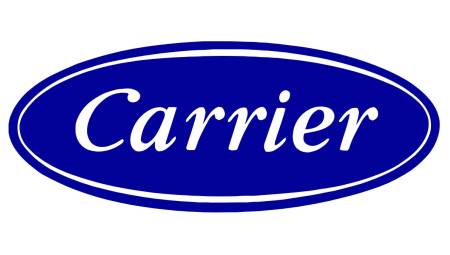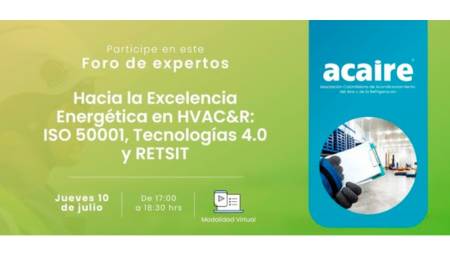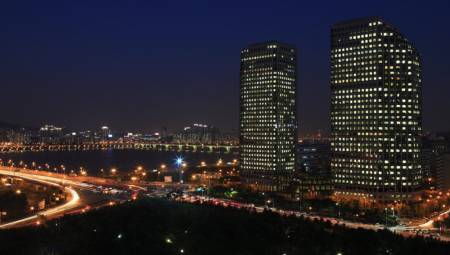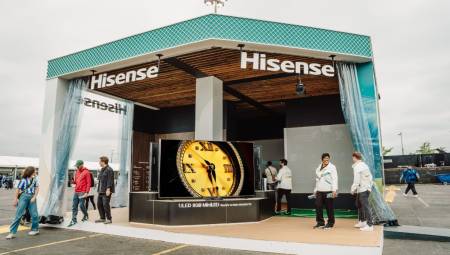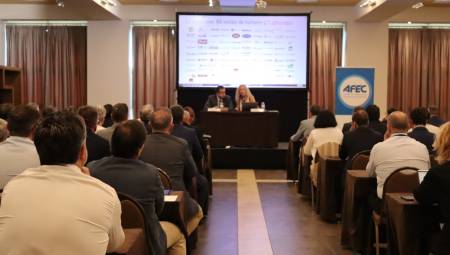 United States. An analysis by Anna Nagurney, a researcher at the University of Massachusetts, estimates that the current cold supply chain is not ready to deliver Covid vaccines in the amounts of between 12 billion and 15 billion doses that will be needed worldwide.
United States. An analysis by Anna Nagurney, a researcher at the University of Massachusetts, estimates that the current cold supply chain is not ready to deliver Covid vaccines in the amounts of between 12 billion and 15 billion doses that will be needed worldwide.
"Hundreds of millions of people in the U.S. and billions around the world will need a coronavirus vaccine, and potentially two doses of it. This mass vaccination effort will require a complex cold chain of the vaccine on a scale like never before. The current cold chain of vaccines is not up to the task, and expanding the supply chain will not be easy," says the researcher in a note published in a local newspaper.
In this note, Anna Nagurney further commented:
Most vaccines should be stored at 1 degree Fahrenheit from their ideal temperature. Traditional vaccines are usually stored between 35 degrees Fahrenheit and 46 degrees Fahrenheit, but some of the major COVID-19 vaccines must be stored at much colder temperatures. Moderna's vaccine requires a storage temperature of minus 4 degrees Fahrenheit, while Pfizer's vaccine candidate requires a storage temperature of minus 94 degrees Fahrenheit. These are not easy temperatures to maintain accurately.
A 2019 study estimated that 25% of vaccines degrade when they reach their destination. If a vaccine is exposed to temperatures outside its range, and this shows, vaccines are always discarded. Rarely, a temperature error is overlooked and one of these vaccines is administered. Research shows that these vaccines will not cause any adverse effects, but they could offer less protection and could require a patient to be revaccinated.
Temperature errors are mainly due to improper shipping procedures in the cold chain, and these losses are estimated at $34.1 billion annually. But that number doesn't even take into account the cost, both physical and financial, of any disease that could have been prevented by the timely delivery of high-quality vaccines.
Solutions
The first step will be to identify where the vaccines will be produced. If production is mainly carried out abroad, companies will have to use trucks and aircraft for transport within their own countries and for subsequent distribution to others.
There is also a lot of uncertainty about which COVID-19 vaccine will be approved first. Different vaccines may require different temperatures and different handling procedures. Therefore, staff across the cold chain would need different training on how to handle each vaccine.
Another issue is how often deliveries should be performed at the points of care. This will depend on the cooling capacity of healthcare organizations and hospitals, staffing resources, locations where vaccines will be administered, and many other factors, including the lifespan of the vaccine itself.
Finally, there is the simple problem of how to expand transportation and storage capacity.
Typical restaurant freezers range from 5 degrees Fahrenheit to minus 10 degrees Fahrenheit and simply cannot reach the temperatures required by something like the Pfizer vaccine. Specialized equipment is needed.
Several major logistics companies, including UPS and DHL, are already investing in new storage facilities for cold chain management. UPS is adding 600 freezer freezer farms capable of reaching minus 80 degrees Celsius near UPS air centers in Louisville, Kentucky and the Netherlands. Each freezer will be able to hold 48,000 vials of vaccine and could easily store the Pfizer vaccine or the Moderna vaccine at the necessary low temperatures.
In many places it is not possible to install freezers capable of withstanding the low temperatures needed by the Pfizer vaccine, so it is essential that processes are in place to ensure that those areas can receive a steady supply of the vaccine.
Airports and logistics companies are currently evaluating whether they can meet this need. The results remain to be seen.
Source: The Conversation.






